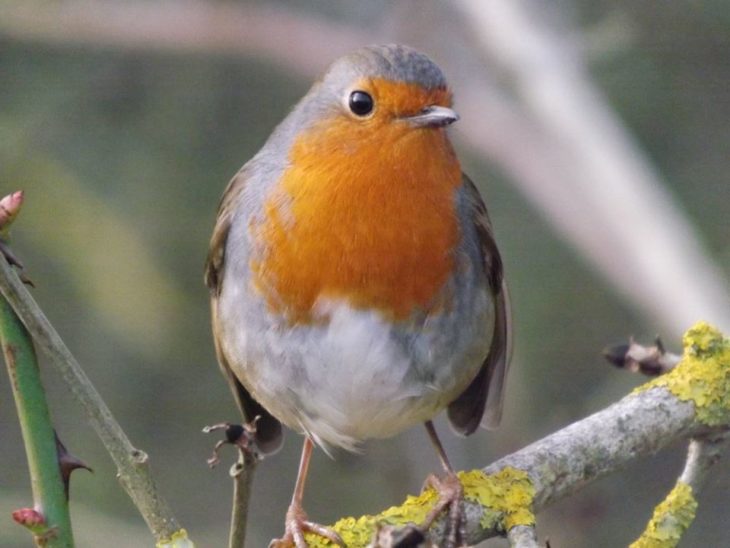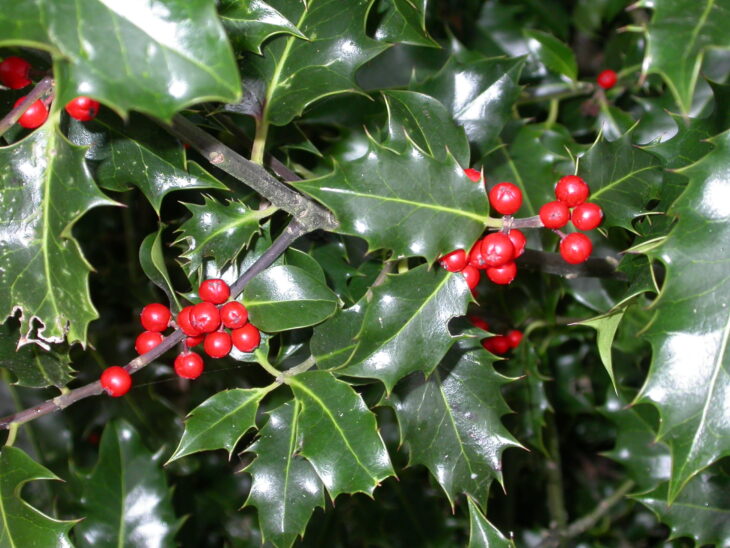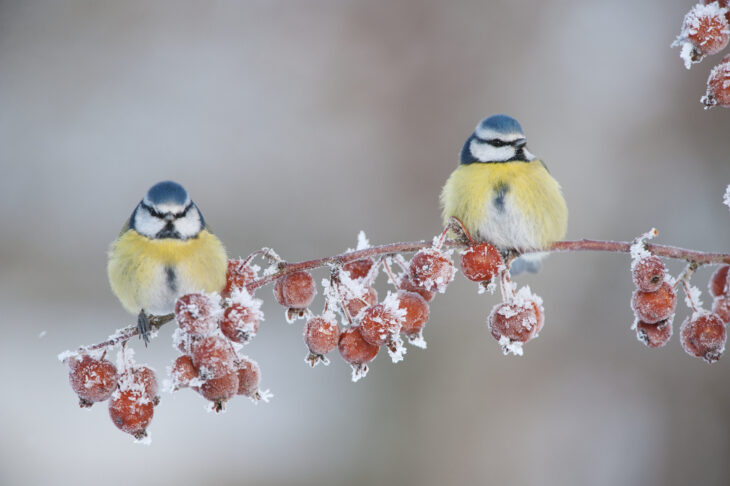Wildlife in Christmas culture
Christmas, and the festive season in general, has a swathe of wildlife associated with it. You are probably picturing it right now. This is no coincidence – it is steeped in our Christmas culture, we are brought up with it, and it has been passed on from generation to generation.

The associations may have evolved through time, but at their core they remain the same – wildlife has always been at the heart of Christmas. Will this continue, or is our Christmas culture changing?
Take a look back at the man who is claimed to have almost invented Christmas as we currently know it – Charles Dickens. In his iconic “A Christmas Carol he describes the cheerful ghost of Christmas Present with a green robe and holly crown. The ghost has filled Scrooge’s room with food and decorations of holly, mistletoe and ivy, in a “grove; from every part of which, bright gleaming berries glistened”. The use of evergreens as decorations in winter pre-dates Dickens by a long way, but his use of them in his most famous and long-lasting Christmas story epitomises their link to Christmas.

It’s saying something that today, when flashing lights and decorations are easily accessible, winter evergreens are still chosen to decorate our doors and houses – we have a connection to them, they represent something for us.
It’s not just literature that preserves wildlife’s place at Christmas. Many of the more traditional Christmas carols and songs contain wildlife imagery, from the Twelve Days of Christmas and Joy to the World (where both heaven, and nature, sing) to Deck the Halls With Boughs of Holly and Winter Wonderland (in which the “blue bird” has gone away and the “new bird” sings a love song- a reference to seasonal migration, although the exact identity of the “new bird” is debated!). Modern pop songs have tended to drift away from the wildlife theme – but people still sing the old ones; because they still have a place in modern culture.
Although modern examples of music and literature containing a wildlife theme seem fewer in number, they do still exist. Robins are a particular favourite for example in both. It also doesn’t mean we don’t associate Christmas with wildlife – we’re maybe just expressing it in a different way.
For example, 2020 seems to be the year of hedgehogs in TV Christmas adverts (see if you can spot the ones that use the wrong species!) and animals and evergreens often feature on Christmas jumpers. Head down any Christmas supermarket aisle, and you’ll find plenty of robins, red deer, evergreens and wintry nature scenes. Many people take a Christmas Day walk – it helps to walk off the dinner, but also to experience the day; nature is integral to it feeling like Christmas.

A lot of things have changed over the years, and our connection with nature is among them. Fewer people have access to nature, it has less daily relevance to their lives, and as a result nature features less in peoples’ vocabulary; people can’t name or describe it. Revisions of the Oxford Junior Dictionary have resulted in the loss of nature words.
This is a problem – if you don’t know something exists, it’s very difficult to want to protect it.
Connection to nature is so important, it underlies everything that we need to do in order to restore the health of our planet. We should look at Christmas, and the unchanging influence of wildlife and nature in our Christmas culture and be inspired by it. What has kept that connection going, and how can we extend it to the rest of the year?
Catherine Leatherland
People and Wildlife Officer
Help protect Scotland’s wildlife
Our work to save Scotland’s wildlife is made possible thanks to the generosity of our members and supporters.
Join today from just £4 a month to help protect the species you love.
Preface
Christmas, and the festive season in general, has a swathe of wildlife associated with it. You are probably picturing it right now. This is no coincidence – it is steeped …
